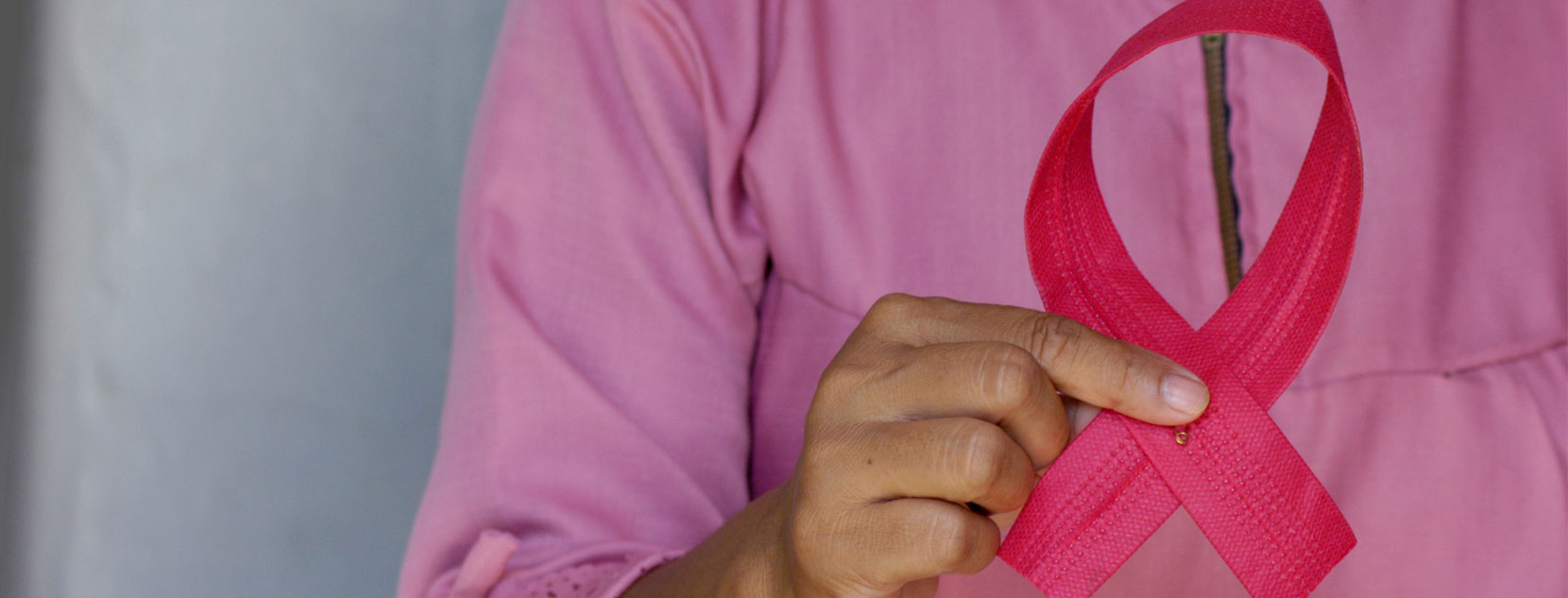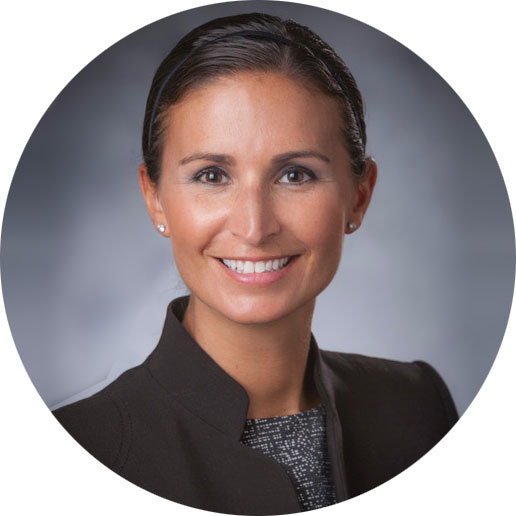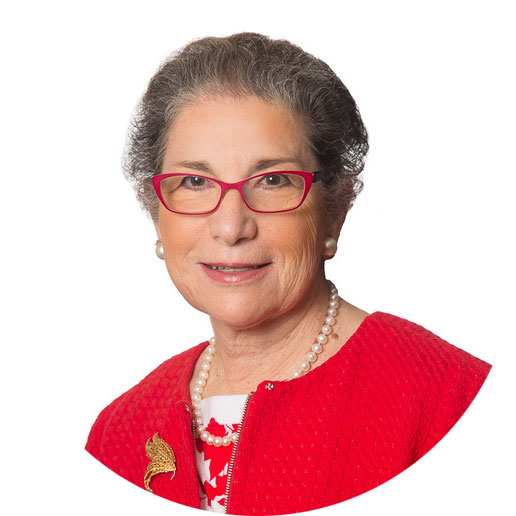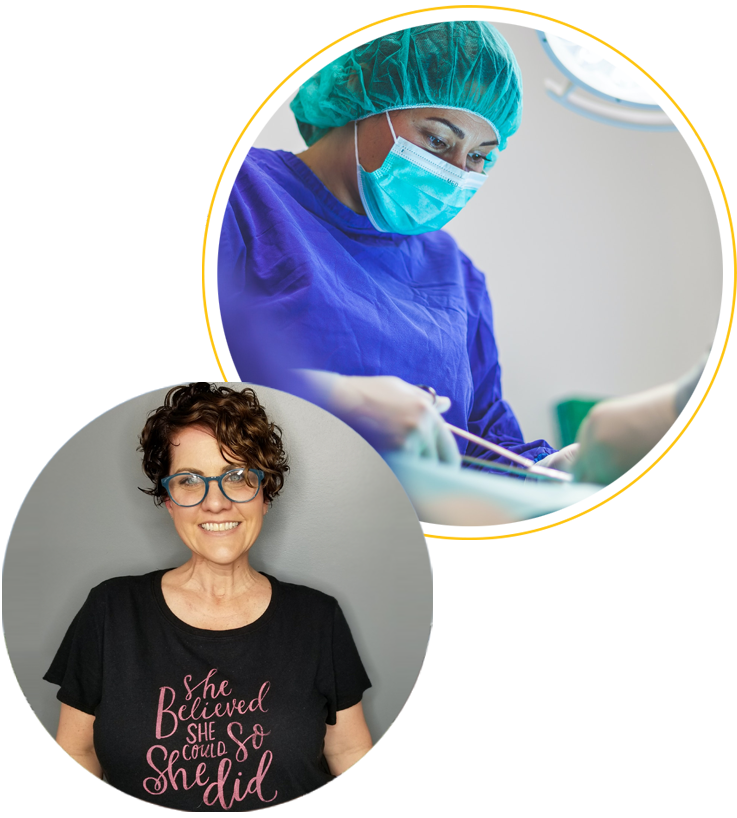Prophylactic (preventive) mastectomy is a choice for some.
Most women know that they should be screened for breast cancer beginning at age 40; this means having a mammogram performed once a year. It makes sense, since breast cancer is the most common cancer in women (other than skin cancer). Approximately one in eight women will be diagnosed with breast cancer during the course of their lifetimes. Breast cancer represents 30 percent of all new cancers. Only lung cancer kills more women.
But what makes sense for women who were treated for Hodgkin lymphoma, which often has included radiation aimed at the chest–mantle radiation? According to Jennifer Plichta, MD, Director of the Breast Risk Assessment Clinic at Duke Cancer Institute, they need to be well-informed on the screening guidelines, which are regularly reviewed and updated. “I suggest they ask their provider to look at the National Comprehensive Cancer Network [NCCN] guidelines,” she says, noting that she is a member of the committee responsible for screening and diagnosis guidelines. “Some primary care physicians are not aware of the latest recommendations because they only have a few patients who were treated for Hodgkin’s.”
The current guidelines state that, for someone who received chest radiation between age 10 and 30–
- Before age 25: beginning eight years after radiation, see your physician for screenings once/year, and perform breast self-exam.
- After age 25: beginning eight years after radiation, see your physician for screenings every 6-12 months, obtain annual mammograms beginning eight years after radiation but not before age 30 (tomosynthesis recommended); obtain annual breast MRIs beginning eight years after radiation but not before age 25; along with performing breast self-exam, women should consider risk-reduction strategies, such as prophylactic (preventive) mastectomy.
“This is similar to how we counsel women who have a family history of breast cancer, a personal history of high-risk breast lesions or someone who carries a BRCA1/2 gene mutation, which is associated with a lifetime risk of about 70 percent,” notes Dr. Plichta. “People who were treated for Hodgkin’s are at high risk for developing breast cancer, somewhere between 30-70%, depending on the age when they received radiation, whether or not they had chemotherapy and other factors. The goal of screening is to catch it early.”





